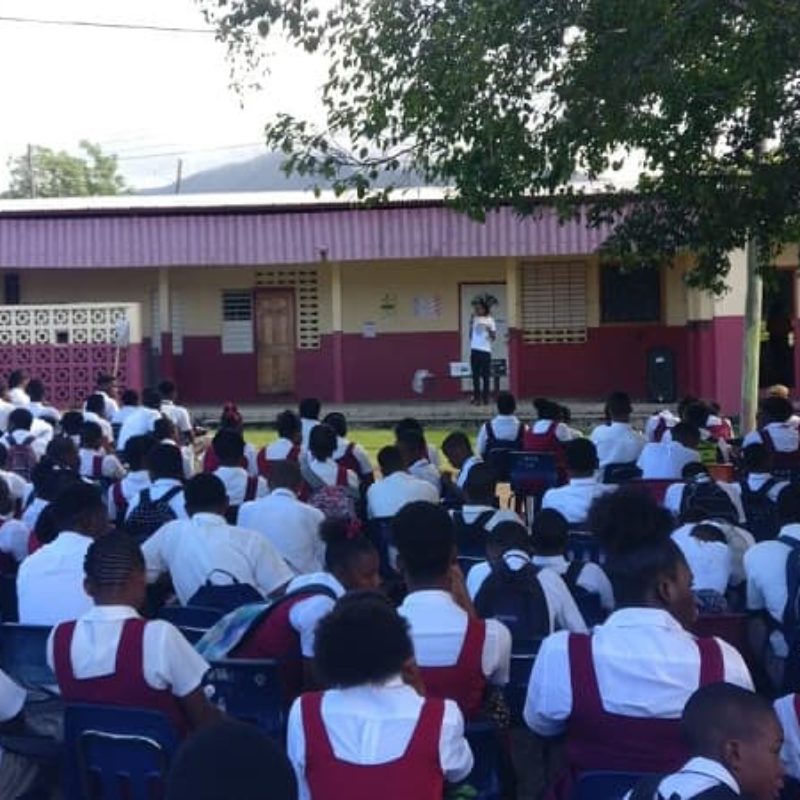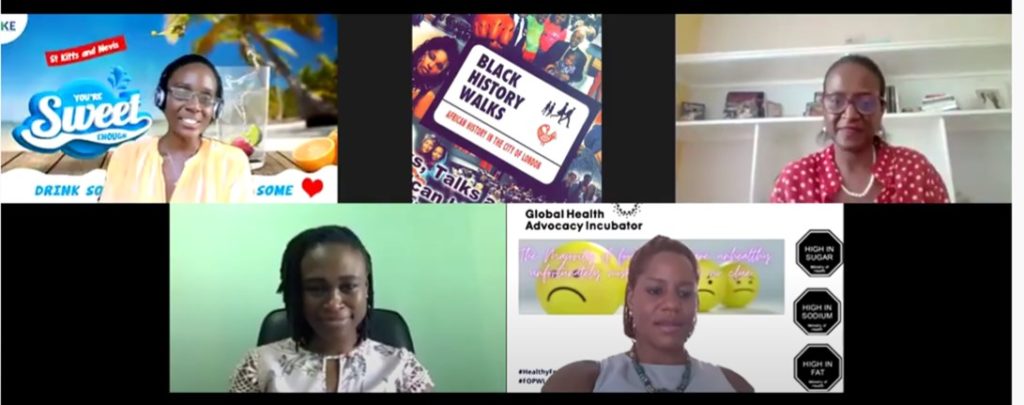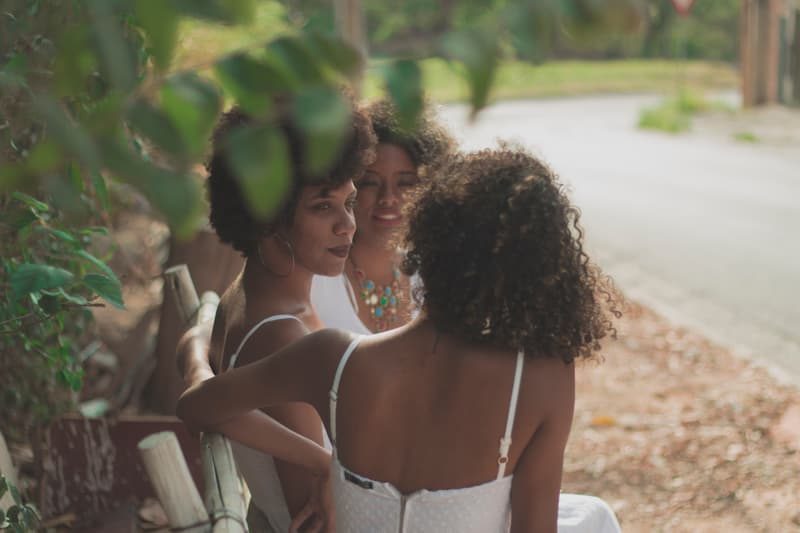This event provided us with the opportunity to extend our reach beyond the shores of the Caribbean Sea and connect with the Caribbean community in the UK. This connection to the Caribbean is an important one because our communities have the same health concerns. In the Caribbean, we are faced with an NCD epidemic. PAHO reports that 78% of all deaths in the Caribbean are due to NCDs and 76% of all premature deaths are caused by these diseases1. The rates of NCDs across the Caribbean are high with type 2 diabetes, hypertension, cancer and stroke being the most common NCDs. In the UK, the African diaspora community, which includes communities with connections to Africa and the Caribbean, face the same health challenges. The Black community in the UK, have higher rates of type 2 diabetes, some cancers and hypertension than their white counterparts2,3. Additionally, they are more likely to be diagnosed with these conditions at a later stage and therefore have poorer outcomes.
Some of the factors fuelling the high rates of NCDs on both sides of the Atlantic are physical inactivity, unhealthy diets, harmful use of alcohol and tobacco use. To tackle NCDs, we have to encourage behaviour change that encourages people to adopt a healthy lifestyle. Through our You’re Sweet Enough campaign we’re focusing on one aspect of the public’s lifestyle, healthy drinking.
Research has shown that the food we eat and the drinks we consume contribute to increasing our risk of developing NCDs. Specifically, sweetened beverages (SBs). These types of drinks have been linked to unhealthy weight gain and obesity, which are associated with NCDs. This is because of their very high sugar content. Hence, our campaign encourages the public to reduce their consumption of SBs and to select water instead.
This webinar was part of our drive to educate the public about the harms of SBs. We also used this opportunity to highlight the challenges that the public health community faces when implementing strategies to reduce SB consumption and examples of successful approaches. This event was very well received by participants, with there being a high level of engagement throughout the event with the chat and Q&A being very lively.
We’d like to say a big thank you to Black History Walk and the Sarah Parker Remond Centre for giving us the opportunity to raise awareness of this important issue. We would also like to thank all those who attended and last, but definitely not least, we would like to express our sincere gratitude to Francine Charles, Rachel Morrison and Isalean Phillip for their very informative presentations.
If you missed this event, you can watch the recording below.
*******
- NCDs in the Caribbean, PAHO (2016)
- Diabetes UK
- Schofield P. Br J Gen Pract. 2011; 61 (585): 190-196


















